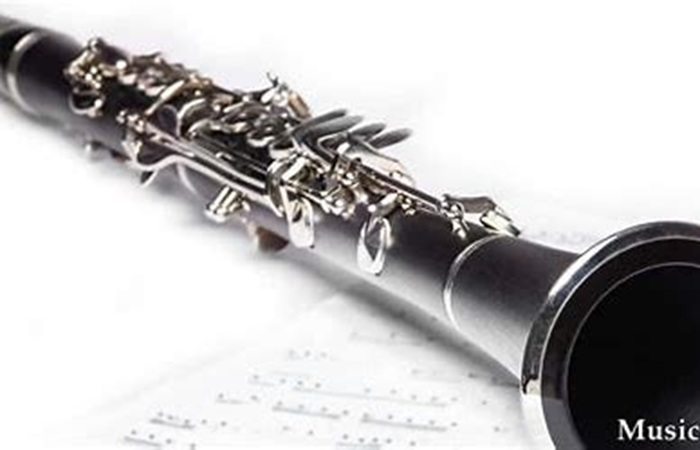If you’ve recently acquired a clarinet or found an old one in your attic, you might be wondering: What type of clarinet do I have? Identifying your clarinet involves examining its key features, markings, and design elements. Clarinets come in various types, including the standard B♭ soprano, the smaller E♭ clarinet, the deeper bass clarinet, and many more. Each has unique characteristics that affect its sound, playability, and musical role.
In this guide, we’ll walk you through the steps to determine your clarinet’s type, brand, and model. Whether you’re a beginner, a collector, or just curious, this article will help you understand what makes your instrument special.
Identifying the Clarinet Type by Size and Pitch
The easiest way to determine your clarinet’s type is by looking at its size, shape, and pitch. Here are the most common types:
B♭ Soprano Clarinet (Most Common)
- Size: About 26–28 inches long.
- Shape: Straight body with a flared bell.
- Pitch: Sounds a whole tone lower than written (transposing instrument).
- Used in: Orchestras, concert bands, jazz, and solo performances.
E♭ Clarinet (Smaller and Higher-Pitched)
- Size: Around 18–20 inches long.
- Shape: Similar to the B♭ clarinet but more compact.
- Pitch: Sounds a minor third higher than written.
- Used in: Marching bands, some orchestral works (e.g., Stravinsky’s The Rite of Spring).
Bass Clarinet (Larger and Deeper)
- Size: Approximately 4 feet long, with a curved neck and large bell.
- Shape: Often has a floor peg for support.
- Pitch: Sounds an octave lower than the B♭ clarinet.
- Used in: Orchestras, wind ensembles, and jazz.
A Clarinet (Slightly Longer Than B♭)
- Size: About 27–29 inches long.
- Shape: Nearly identical to the B♭ clarinet but slightly longer.
- Pitch: Sounds a minor third lower than written.
- Used in: Classical and orchestral music (e.g., Mozart’s Clarinet Concerto).
Other Rare Types
- Alto Clarinet: Pitched in E♭, used in clarinet choirs.
- Contrabass Clarinet: Extremely low-pitched, used in large ensembles.
- A♭ Piccolo Clarinet: The smallest clarinet, rare and mostly for novelty.
Finding the Brand and Model
Once you know the type, the next step is identifying the brand and model. Most clarinets have markings on the upper joint, lower joint, or bell.
Common Brand Indicators
- Buffet Crampon (France): Look for “Buffet” or “R13” (a famous model).
- Yamaha (Japan): Models like “YCL-255” or “YCL-650” are often engraved.
- Selmer (France/USA): May say “Selmer Paris” or “Signet.”
- Leblanc (France/USA): Known for bass and contrabass clarinets.
Model Number Locations
- Upper joint: Near the serial number.
- Bell: Some brands print the model here.
- Case: Original cases often have tags with model info.
If you can’t find markings, compare your clarinet to online images of known models or consult a music store12.
Determining the Material
Clarinets are made from different materials, affecting their sound and value:
- Grenadilla Wood (African Blackwood): High-end professional clarinets, dark brown/black.
- ABS Resin (Plastic): Beginner models, durable and affordable.
- Composite Materials: Mid-range clarinets (e.g., Buffet Greenline).
- Metal: Rare, mostly vintage or marching band clarinets.
Assessing Age and Condition
- Serial Numbers: Check manufacturer databases to estimate age.
- Key System: Older clarinets may use German (Oehler) keys instead of Boehm.
- Wear & Damage: Cracks, loose keys, or missing pads affect playability and value.
Conclusion
To identify your clarinet:
- Measure its size and compare it to standard types (B♭, E♭, bass, etc.).
- Check for brand engravings (Buffet, Yamaha, etc.).
- Look up the model number if visible.
- Examine the material (wood, plastic, composite).
- Assess its condition for repairs or historical value.
If you’re still unsure, take it to a music shop or woodwind specialist for appraisal. Whether you have a student model or a professional gem, knowing your clarinet’s type helps you care for it properly and appreciate its unique qualities. Happy playing—and happy identifying!


